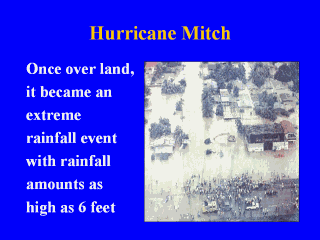 |
Changes in global and local temperatures and rainfall could expand the
geographical distribution of the Aedes aegypti mosquito, affect its behavior,
and increase the rate of development, thus increasing the risk of transmission
of dengue. Additionally, extreme weather conditions, such as heat and heavy
flooding, can produce the right environmental conditions for an outbreak. Major
upsurges of dengue, in some nations such as Colombia in 1995, follow periods of
heavy rains. It has been noted in the literature that in addition to climatic
and environmental disruptions and changes, the movement of people,
arthropod-vector, plants, and other particulars can increase exposure to dengue.
|
